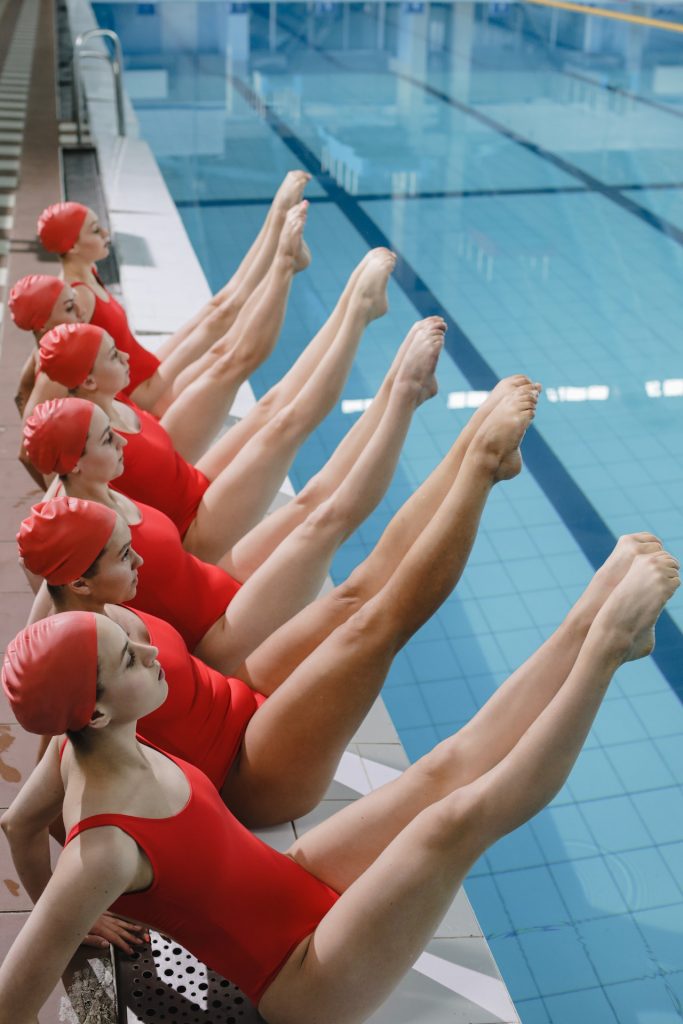Most athletes have a basic understanding of what a healthy diet comprises, but it’s important to consult a board-certified sports dietetics professional to fine-tune your intake for optimum performance. Sports dietitians assist athletes of all sports and fitness levels, frequently going above and beyond the call of duty to support athletes in unusual circumstances.
Here are a few tips sports dietitians use to help athletes improve their nutritional performance.

SYNCHRONIZE DIET AND TRAINING
Athletes who want to peak for particular objective events should aim to match the amount, intensity, and frequency of their nutrition to their training. This tactic, also referred to as “periodized nutrition,” is one that sports nutritionists employ to give their clients an advantage over the competition.
PLAN TO FUEL TRAINING
Due to the difficulty of bringing nourishment and fluids, runners frequently forego fueling during their runs. Be like a bear and cache your nourishment along the route rather than slogging through the weight of carrying something or suffering from a lack of it. If you have a friend who lives nearby, you might be able to drop a bottle and some gel off at their mailbox or look for a secret area along the trail to stash your supplies. This is a straightforward activity that requires planning and thought, yet it significantly improves your running performance.
AIM TO LIVE SOBERLY
Marisa Michael, RD, a specialist in sports dietetics who is board-certified, advises abstaining from alcohol entirely if you’re serious about using your nutrition to assist training. Drinking alcohol after a workout might be harmful, especially during the busiest training period. Alcohol hinders training, according to Marisa, by substituting for a recovery meal, lowering glycogen synthesis, impairing muscle repair and adaption, and interfering with recovery sleep.
PRACTICE EATING WHILE MOVING
The value of what you eat during training or racing depends on your ability to consume it. It’s not always easy to pull a gel out of your cycling kit pocket during a group ride without falling, but with practice, you’ll get better at it. The same goes for drinking water from a paper cup while running at a race pace without spilling or choking. Go for a leisurely solo ride and repeatedly practice removing food from your bike jersey and removing your water bottle from its cage without glancing down until you feel comfortable. To learn how to drink while moving, set up a tiny table with paper cups half-filled with water and take a sip while moving quickly.

RESPECT THE RECOVERY WINDOW
Many athletes are aware that they need to eat recovery food after challenging exercises, but some choose to forego it out of laziness, convenience, or an attempt to conserve calories. To prioritize this “healing window,” Susan Kitchen, RD, a board-certified specialist in sports dietetics, advises consuming a protein source that contains branch chain amino acids (BCAA), particularly leucine. Rice, dairy, legumes, eggs, cattle, yogurt, tofu, and the amino acids leucine, valine, and isoleucine are all food sources of these nutrients. For recuperation, muscle protein synthesis (MPS), weight management, cortisol level lowering, and to combat late-day cravings, she explains, “fueling between 30-45 min is crucial.” She continues, “The ideal window is shorter and more crucial for fitter sportsmen and women.”

